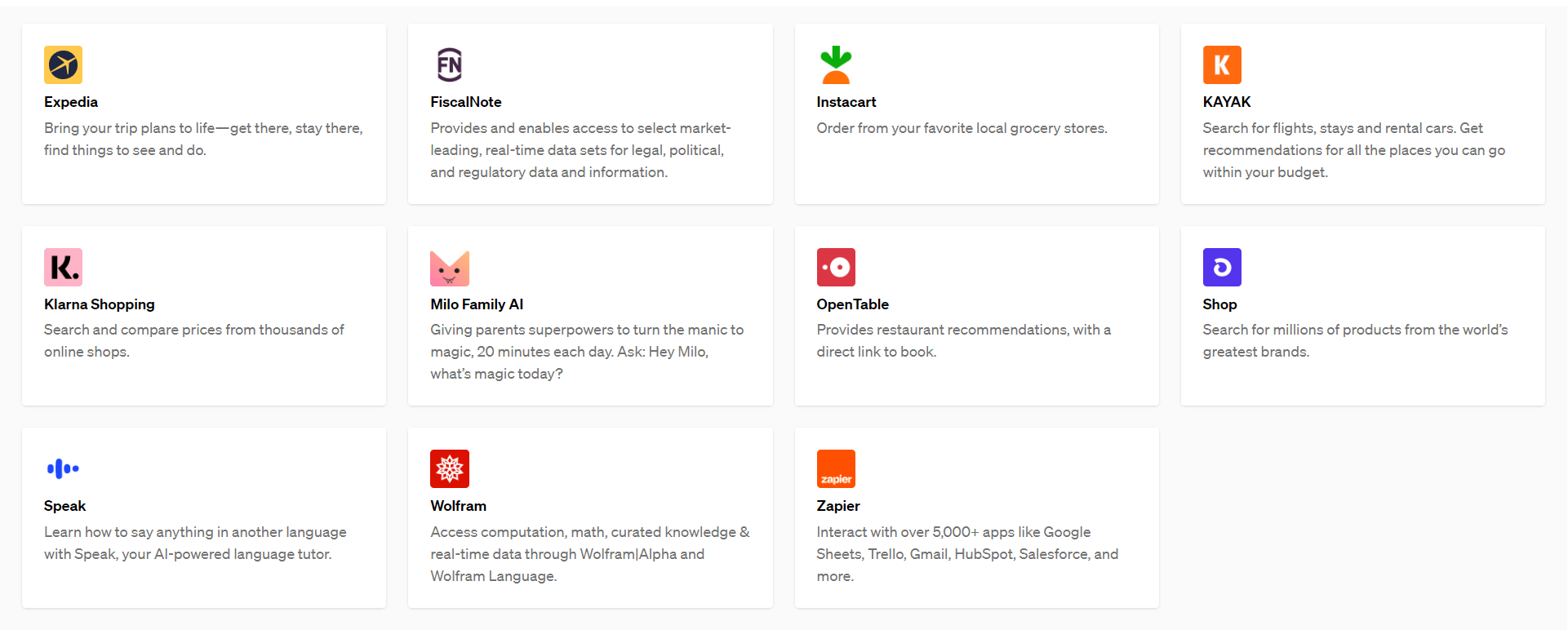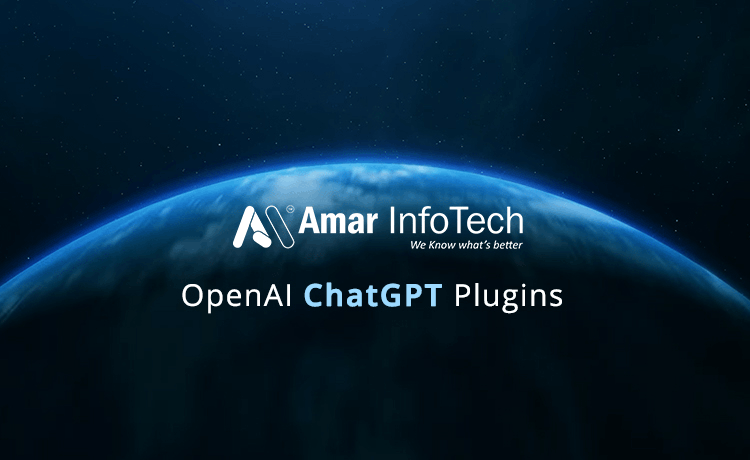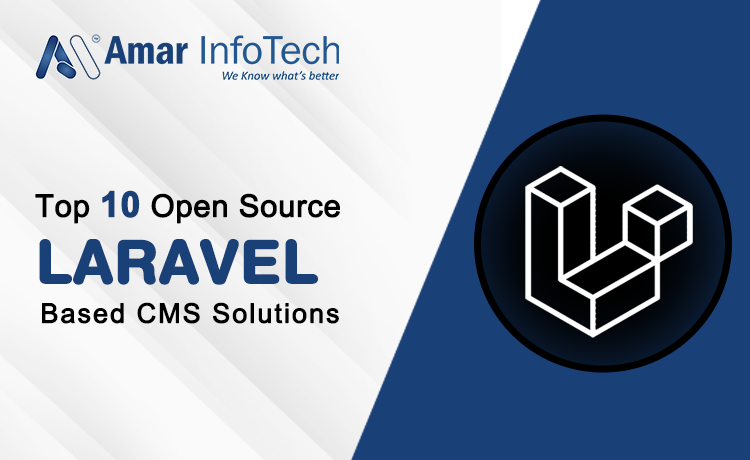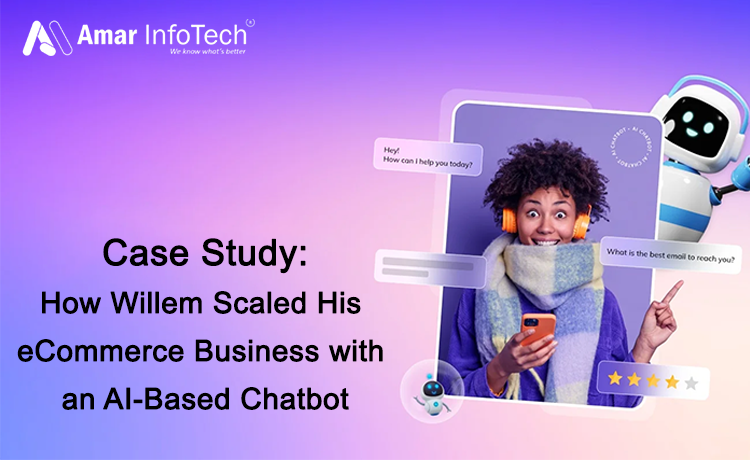OpenAI ChatGPT Plugins is a powerful tool that can be used for a variety of applications, including chatbots, language translation, and content generation. One of the key features of ChatGPT is its ability to be extended through the use of plugins. These plugins allow users to customize and enhance the functionality of ChatGPT to suit their specific needs.
In this article, we will explore the different types of plugins available for ChatGPT, how they can be used, and their potential impact on various industries.
Top 14 OpenAI ChatGPT Plugin Types :
Innovative Ideas to Enhance Your Chatbot- 1) Language Translation Plugins
- 2) Voice Recognition Plugins
- 3) Chatbot Plugins & Chat Analytics
- 4) Content Generation Plugins
- 5) Sentiment Analysis
- 6) Entity Recognition
- 7) Knowledge Base Integration
- 8) Multi-channel Integration
- 9) Conversational Flow Management
- 10) Personalization
- 11) Natural Language Generation
- 12) E-commerce
- 13) Customer Service
- 14) How Plugins are Used
- Conclusion
There are several types of plugins that can be used with ChatGPT, each with its unique features and functionalities.
1) Language Translation Plugins
One of the most popular WordPress Development Trends is the integration of ChatGPT plugins, such as language translation. These plugins allow ChatGPT to translate text from one language to another in real-time. This feature can be particularly useful for businesses looking to expand their reach to international audiences or for individuals who need to communicate with people who speak different languages.
There are many language translation plugins available for WordPress and Google Chrome that use ChatGPT technology. Here are a few popular ones:
For WordPress:
For Google Chrome:
2) Voice Recognition Plugins
Integrate with a voice assistant platform to allow users to interact with the chatbot using voice commands.
The integration of voice recognition plugins has become a popular Laravel Development trend, enabling ChatGPT to recognize and transcribe speech in real-time. This functionality can prove highly beneficial for businesses seeking to transcribe meetings or interviews, or for individuals who may struggle with typing.
There are various voice recognition plugins available for WordPress, including:
3) Chatbot Plugins & Chat Analytics
Track and analyze chatbot usage to gain insights into user behavior and improve the chatbot's performance.
One of the Best Cross Platform App Development Frameworks, along with ChatGPT - Openai Powerfull tools plugins, is the use of chatbot plugins. These allow users to create custom chatbots that can interact with customers or website visitors, offering a wide range of benefits. Chatbots can be programmed to answer frequently asked questions, provide product recommendations, or even complete sales transactions, making them a valuable addition to any business's online presence.
4) Content Generation Plugins
Content generation plugins are designed to help users create high-quality content quickly and easily. These plugins can be used to generate blog posts, social media updates, or even product descriptions. The generated content is based on the user's input, such as a topic or a keyword.
5) Sentiment Analysis
Sentiment analysis is a process that involves the use of natural language processing and machine learning techniques to analyze text and identify the emotional tone or sentiment expressed in it. It is also known as opinion mining or emotion AI.
The purpose of sentiment analysis is to determine whether a piece of text expresses a positive, negative, or neutral sentiment. It can be applied to a wide range of text data, including social media posts, customer reviews, news articles, and surveys.
The process of sentiment analysis involves several steps, including:
- Data collection:
- Text preprocessing:
- Sentiment classification:
- Sentiment intensity analysis:
- Opinion mining:
The text data to be analyzed is collected from various sources, such as social media platforms, news articles, or customer feedback forms.
The text is cleaned and preprocessed to remove irrelevant information, such as stop words, punctuation, and special characters.
The text is classified as positive, negative, or neutral based on the sentiment expressed in the text. This is typically done using machine learning algorithms that are trained on labeled data.
The intensity of the sentiment expressed in the text is determined, which can help to identify the strength of the emotions.
The opinions and attitudes expressed in the text are analyzed to identify specific topics, themes, or entities that are related to the sentiment.
6) Entity Recognition
Entity recognition, also known as named entity recognition (NER), is a process in natural language processing that involves identifying and classifying named entities in text. Named entities are words or phrases that represent real-world objects, such as people, places, organizations, and products.
The purpose of entity recognition is to identify and extract named entities from unstructured text data and classify them into predefined categories. This can be useful in a variety of applications, such as information extraction, text classification, and sentiment analysis.
The process of entity recognition involves several steps, including:
- Text preprocessing:
- Part-of-speech (POS) tagging:
- Chunking:
- Named entity recognition:
The text is cleaned and preprocessed to remove irrelevant information, such as stop words, punctuation, and special characters.
The text is analyzed to identify the parts of speech for each word, such as noun, verb, or adjective.
The text is segmented into smaller units, such as phrases or clauses.
The named entities are identified and classified into predefined categories, such as person, location, organization, and product.
7) Knowledge Base Integration
Knowledge base integration is a process that involves integrating a knowledge base or database of information with a software system or application. The purpose of knowledge base integration is to provide users with access to relevant information and resources that can help them solve problems, answer questions, or complete tasks.
A knowledge base is a centralized repository of information that contains structured and unstructured data, such as articles, manuals, FAQs, and tutorials. It can be used to store information related to a wide range of topics, such as products, services, policies, and procedures.
The process of knowledge base integration involves several steps, including:
- Data mapping:
- Integration design:
- Integration development:
- Integration deployment:
The data in the knowledge base is mapped to the fields and attributes of the software system or application.
The integration architecture is designed to ensure that the knowledge base data can be easily accessed and searched by users.
The integration code is developed and tested to ensure that it works properly and efficiently.
The integration code is deployed to the production environment and tested to ensure that it meets the requirements and performance standards.
8) Multi-channel Integration
Multi-channel integration is the process of integrating different channels or platforms to provide a seamless experience for users across different touchpoints. The purpose of multi-channel integration is to ensure that users can interact with a business or organization through their preferred channels, such as website, social media, email, phone, or chat.
The process of multi-channel integration involves several steps, including:
- Identifying the channels:
- Integration design:
- Integration development:
- Integration deployment:
The channels through which users interact with the business or organization are identified and prioritized based on user preferences and business goals.
The integration architecture is designed to ensure that the channels are interconnected and can share data and information seamlessly.
The integration code is developed and tested to ensure that it works properly and efficiently.
The integration code is deployed to the production environment and tested to ensure that it meets the requirements and performance standards.
Multi-channel integration can be used in a variety of applications, such as customer relationship management, marketing automation, and sales automation. It can help to improve the user experience by providing a consistent and personalized experience across different channels, reducing the need for users to switch between channels and repeat information.
9) Conversational Flow Management
Conversational flow management refers to the process of managing the flow of conversation between a user and a conversational agent, such as a chatbot or virtual assistant. The purpose of conversational flow management is to ensure that the conversation is natural, engaging, and effective in achieving its intended goals, such as providing information, answering questions, or completing transactions.
The process of conversational flow management involves several steps, including:
- Dialogue design:
- Conversation context management:
- User intent recognition:
- Error handling:
The conversation flow is designed to ensure that it follows a logical and intuitive sequence of interactions that aligns with the user's goals and expectations.
The conversational agent uses context-aware techniques to maintain the context of the conversation and adapt its responses to the user's needs and preferences.
The conversational agent uses natural language processing (NLP) techniques to identify the user's intent and provide relevant responses and actions.
The conversational agent is designed to handle errors and exceptions gracefully, such as when the user provides incomplete or incorrect information or requests unsupported actions.
Conversational flow management can be used in a variety of applications, such as customer service, sales, and marketing. It can help to improve the user experience by providing a personalized and efficient conversation that meets the user's needs and preferences.
10) Personalization
Personalization refers to the process of tailoring the content, interactions, and experiences to meet the specific needs and preferences of individual users. The purpose of personalization is to improve the user experience by providing relevant and engaging content and interactions that are tailored to the user's interests, behaviors, and characteristics.
The process of personalization involves several steps, including:
- Data collection:
- Data analysis:
- Personalization rules:
- Content and interaction customization:
Data is collected from various sources, such as user behavior, preferences, demographics, and context.
The data is analyzed to identify patterns and trends that can be used to personalize the content and interactions.
Personalization rules are defined based on the data analysis, such as recommending products based on past purchases, or showing content based on user location.
The content and interactions are customized based on the personalization rules to create a personalized experience for the user.
Personalization can be used in a variety of applications, such as e-commerce, marketing, and customer service. It can help to improve the user experience by providing relevant and engaging content and interactions that meet the user's needs and preferences.
11) Natural Language Generation
Natural Language Generation (NLG) is a subfield of Artificial Intelligence (AI) that involves using algorithms and machine learning models to generate human-like language and text. NLG systems can be used to automatically produce written or spoken language from data or structured information, such as charts, graphs, and databases.
The process of NLG involves several steps, including:
- Data analysis:
- Template selection:
- Content generation:
- Review and refinement:
NLG systems analyze the input data to identify patterns and trends that can be used to generate natural language text.
Based on the input data and the desired output format, the NLG system selects a pre-defined template or creates a new one.
The NLG system generates the text by filling in the template with the relevant information and applying natural language processing (NLP) techniques to ensure grammatical correctness and coherence.
The NLG output is reviewed and refined to ensure that it meets the desired quality and accuracy standards.
NLG can be used in a variety of applications, such as business reporting, financial analysis, customer service, and content creation. It can help to improve the efficiency and effectiveness of content creation by automating the process of generating written or spoken language from data.
12) E-commerce
On Demand ECommerce Marketplace Apps can greatly benefit from integrating ChatGPT models into their systems. This enables the creation of chatbots or virtual assistants that can assist customers with various tasks, such as product search, recommendations, and purchases.
Furthermore, ChatGPT models can provide personalized and context-aware product suggestions and offers, based on customers' past purchases, browsing history, and preferences, thus enhancing the overall shopping experience for users.
ChatGPT models can also be used to improve customer service and support by providing instant responses to customer queries and issues, and guiding them through the purchase process. For example, chatbots can be programmed to answer frequently asked questions, resolve common issues, and provide product information and reviews.
13) Customer Service
Chatbots, when integrated with ChatGPT plugins, can serve as an effective tool for customer service. These AI-powered chatbots can provide fast and efficient responses to customer queries and concerns, thereby enhancing the overall customer experience.
One of the key benefits of using chatbots for customer service is their ability to automate frequently asked questions, freeing up human customer service representatives to tackle more complex issues. This helps to improve the efficiency of the customer service process and reduce the response time for resolving customer issues.
How Plugins are Used
Plugins are designed to be easy to use and install, and they can be integrated into ChatGPT in just a few steps. Once a plugin has been installed, users can access its features directly from within ChatGPT.
For example, if a user wants to use a language translation plugin, they can simply select the plugin from the list of available plugins, enter the text they want to translate, and choose the target language. The plugin will then translate the text and display the result.
Similarly, if a user wants to use a chatbot plugin, they can select the plugin from the list of available plugins, customize the chatbot's responses and behaviors, and deploy it on their website or social media page.
Now, third-party companies and developers can build apps that live within the ChatGPT interface.

Here’s a few incredible Plugins that are already being built:
- Expedia
- FiscalNote
- Instacart
- KAYAK
- Klarna Shopping
- Milo Family AI
- OpenTable
- Shop
- Speak
- Wolfram
- Zapier
Bring your trip plans to life—get there, stay there, find things to see and do.
Provides and enables access to select market-leading, real-time data sets for legal, political, and regulatory data and information.
Order from your favorite local grocery stores.
Search for flights, stays and rental cars. Get recommendations for all the places you can go within your budget.
Search and compare prices from thousands of online shops.
Giving parents superpowers to turn the manic to magic, 20 minutes each day. Ask: Hey Milo, what’s magic today?
Provides restaurant recommendations, with a direct link to the book.
Search for millions of products from the world’s greatest brands.
Learn how to say anything in another language with Speak, your AI-powered language tutor.
Access computation, math, curated knowledge & real-time data through Wolfram|Alpha and Wolfram Language.
Interact with over 5,000+ apps like Google Sheets, Trello, Gmail, HubSpot, Salesforce, and more.
Conclusion
Contact Amar Infotech to learn more about how the use of ChatGPT plugins can revolutionize several industries, providing efficient and personalized solutions for customer service, e-commerce, and content creation. With the ability to translate text, create custom chatbots, generate content, and transcribe speech, ChatGPT plugins offer a wide range of functionalities that can be customized to meet the specific needs of your business.































